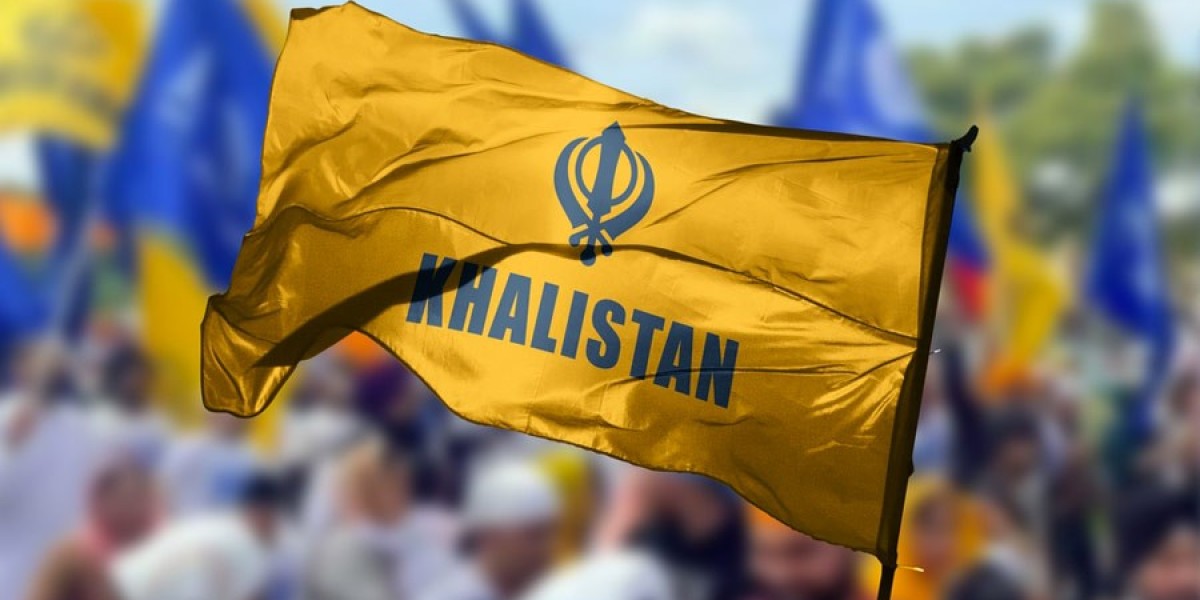The History of the Khalistan Movement: An In-Depth Look
The history of Khalistan is deeply intertwined with the Sikh community's long-standing quest for justice, independence, and recognition. Originating in the 1940s and gaining momentum in the 1980s, the Khalistan movement represents the desire of many Sikhs to establish an independent nation, Khalistan, in the Punjab region of India. In this article, we will explore the origins, key events, and ongoing debates surrounding the movement, including its global reach and modern-day implications.
The Roots of the Khalistan Movement: History of Khalistan Movement
The history of the Khalistan Movement can be traced back to the early 20th century when the Sikh community was demanding greater autonomy within the Indian subcontinent. The British Raj’s policies towards Sikhs, especially the marginalization of their contributions in the Indian Independence movement, fueled this desire for independence. After India's independence in 1947, the division of the country led to the partition of Punjab, further intensifying feelings of injustice and alienation among Sikhs.
Sikhs had initially hoped for a greater degree of political autonomy within India, but over the years, they felt their voices were being silenced. The formation of the Akali Dal in the early 1920s, a political party with a strong emphasis on Sikh interests, laid the groundwork for future demands for an independent state. The resentment towards the central government's policies became more pronounced during the 1980s, culminating in the call for a separate Sikh state, Khalistan.
Operation Blue Star and the Escalation of Tensions
One of the most pivotal moments in the history of the Khalistan movement was Operation Blue Star in June 1984. The Indian government, under Prime Minister Indira Gandhi, launched a military operation to remove Sikh militants holed up in the Golden Temple in Amritsar, the holiest shrine in Sikhism. Led by Jarnail Singh Bhindranwale, these militants were accused of promoting separatist agendas, including the establishment of Khalistan.
The operation resulted in heavy casualties, including the deaths of hundreds of innocent civilians and militants alike. It also led to the desecration of the Golden Temple, an act that infuriated Sikhs worldwide. Many saw this as a deliberate attack on their faith, and it galvanized the Khalistan movement. In the years following, Sikh militants began engaging in violent acts, including attacks on government officials, police officers, and other perceived enemies of the movement.
The Rise of Militancy and the International Khalistan Referendum
As the demand for Khalistan grew stronger in the 1980s, the movement transcended Indian borders and found support in the global Sikh diaspora. Prominent Sikh leaders and political figures in countries such as the United States, Canada, the UK, and Australia began to advocate for the establishment of Khalistan. In the West, the movement gained traction due to a sense of solidarity among Sikhs who were living in exile and felt the need to stand up for their fellow Sikhs in India.
Today, Khalistan referendum Canada has become a focal point of discussion. The Canadian government has seen increasing petitions and calls for a referendum to decide the fate of Khalistan. While some Sikhs support the idea of an independent Sikh state, others believe in peaceful coexistence within India. This debate continues to divide communities and shape the future of the movement.
Key Figures and Organizations in the Khalistan Movement
The history of the Khalistan movement is rich with influential figures and organizations that have shaped its course. Jarnail Singh Bhindranwale, as mentioned, became the face of the movement during the 1980s. His role in advocating for the establishment of Khalistan made him a martyr for many Sikhs. However, other figures, such as Sant Jarnail Singh Bhindranwale and General Shabeg Singh, played significant roles in the leadership of the movement.
Various organizations, including the All India Sikh Students Federation (AISSF) and the Babbar Khalsa International, played prominent roles in supporting the idea of Khalistan. These groups advocated for the use of force and guerrilla tactics to achieve their goals, leading to increased violence and unrest in Punjab.
The Ongoing Debate: Khalistan Referendum Canada
The Khalistan movement’s influence is not confined to India; it has spread globally, particularly in countries with significant Sikh populations, such as Canada. The Khalistan referendum Canada debate has gained considerable attention in recent years, as some political parties and activist groups push for a vote on the independence of Khalistan.
In Canada, where the Sikh community is one of the largest outside of India, the issue of Khalistan has become a polarizing topic. The government has struggled to balance the concerns of the Sikh diaspora with its diplomatic relations with India. While some view the referendum as a call for justice, others perceive it as a threat to India’s territorial integrity.
Conclusion: The Legacy of the Khalistan Movement
The history of Khalistan is one of deep emotional and political significance for Sikhs worldwide. The movement began as a cry for justice and autonomy and has evolved into a global debate that continues to shape the identity of Sikhs today. Whether or not Khalistan will ever become a reality remains uncertain, but the ongoing dialogue surrounding the issue ensures that the legacy of the movement endures.
The history of the Khalistan movement is a testament to the resilience and determination of a community that refuses to forget its struggle for justice. As we continue to witness debates such as the Khalistan referendum Canada, it is clear that the desire for recognition and self-determination is a deeply rooted aspiration among Sikhs across the globe.






